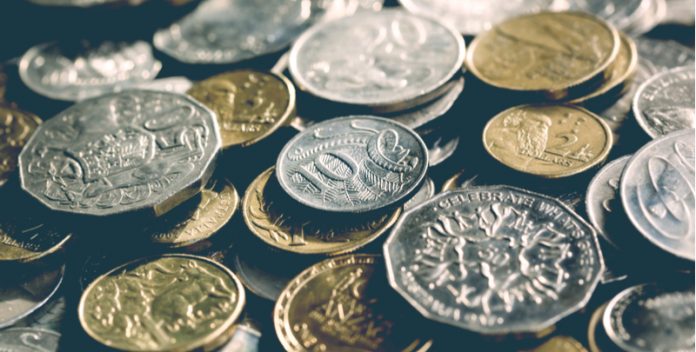- Australian Dollar (AUD) picks up off session lows and heads towards the flatline as sentiment starts to improve
- Rising covid-19 cases in Victoria & Melbourne returning to lockdown dragged on the market mood in early trade
- US Dollar (USD) reverses gains after JOLTS job openings smash forecasts
- Australian Dollar US Dollar exchange jumps 0.3% post US data release
The Aussie Dollar exchange rate has rallied just shy of 1.5% since last Monday. The pair settled on Monday at US$0.6974.
At 14:15 UTC, AUD/USD is trading almost flat lower at US$0.6973 after having picked up off session lows of US$0.6922.
After an impressive risk on session at the start of the week, investors were once again fretting over rising coronavirus cases in early trade on Tuesday. This time Australia is the central focus of these fears, as New South Wales and Victoria, the two most populous and economically powerful states in Australia close their borders to stem a spike in coronavirus numbers. Melbourne, Australia’s second largest city is also back under lockdown.
This is important because Australia was praised for its handling of the initial covid-19 outbreak. The second wave is showing just how difficult it is to contain coronavirus without a vaccine.
Weak risk sentiment dragged on the risk sensitive Australian Dollar, boosting the safe haven US Dollar.
Risk sentiment performed a strong U-turn following the release of US JOLTS data. The data revealed that there were 5.4 million job vacancies in May, this was well over the 4.8 million that analysts had been expecting and was above the 5.06 million from April.
The data, combined with other recent US data is indicating that the downturn in the US economy as a result of the coronavirus pandemic might not have been as harsh as originally feared and that the recovery could be happening at a faster pace than forecast.
The improved mood, saw investors sell out of the US Dollar and buy into riskier assets and currencies.
There is no high impacting US data until Thursday. Investors will focus on coronavirus statistics and any signs that the second wave is spiralling out of control or being contained.





